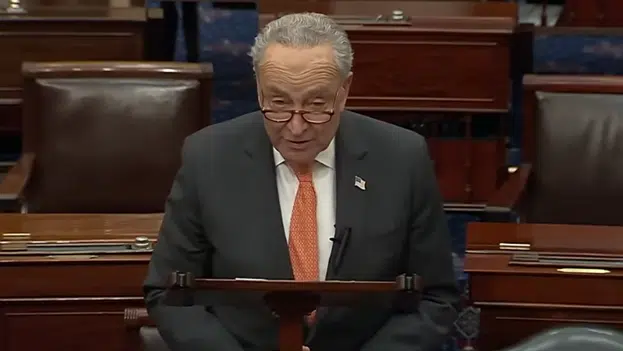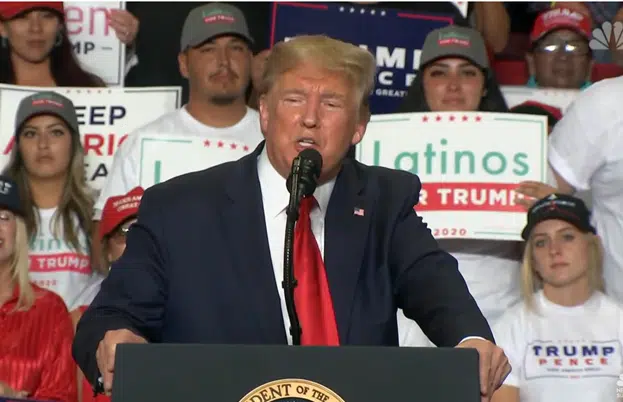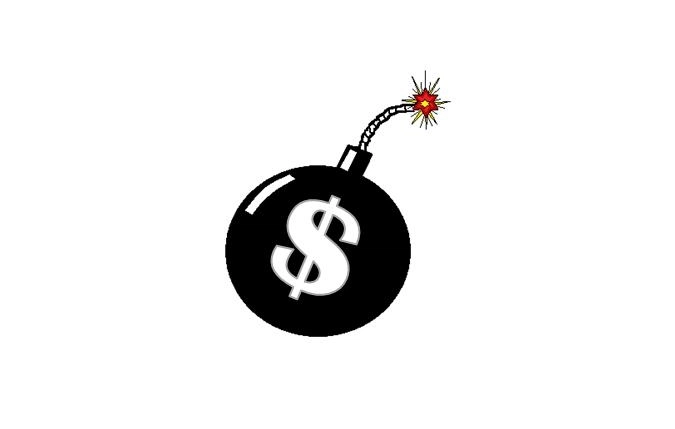By Robert Romano – A Congressional Budget Office (CBO) estimate released on July 26 states that the total cut for Fiscal Year 2012 in a now-dead House leadership plan to increase the $14.294 trillion debt ceiling would only amount to $1 billion.
Americans for Limited Government Bill Wilson called the proposal “laughably pathetic,” noting that “after claiming $1.2 trillion in cuts over ten years in the House plan… this proposal only achieves $1 billion in deficit reduction for the upcoming fiscal year — the only fiscal year that this Congress controls.”
Consider that for a moment. The Washington establishment that has been out there selling this plan — which Barack Obama has already threatened to veto — wants the American people to believe that through with a mere $1 billion cut in 2012, borrowing would somehow be cut by more than $1.2 trillion over the next ten years.
It’s unbelievable. It would take 1,200 years of annual spending cuts only totaling $1 billion to ever add up to $1.2 trillion in savings. Now, the proposal is not quite that bad. The problem is that most of the promised cuts occur in the out years, beyond the purview of the 2012 budget process.
CBO also said the ten year savings would only amount to $850 billion, not $1.2 trillion. Apparently, $350 billion in savings that were already achieved through the continuing resolution battle this past spring were included in the original House GOP estimate of the plan.
This has caused House leadership to begin redrafting the legislation and postponing the vote in order to meet the pledge. According to spokesman for House Speaker John Boehner, Michael Steel, “We promised that we will cut spending more than we increase the debt limit — with no tax hikes — and we will keep that promise.”
Except, the spending cuts being proposed will not in any way offset the increase in the debt ceiling — by a long shot — even with revisions. It is pure nonsense. If all leadership’s hopes to achieve is a mere $1.2 trillion in ten year savings, instead of $1 billion of initial cuts, we’d likely be looking at $1.4 billion of initial cuts. That’s still pathetic.
This is what happens when one puts ten-year savings on the same footing as (less than) a year’s borrowing authority and relies on out-year budget cuts to make up the difference. This is not offsetting budget cuts in exchange for borrowing authority at all. It is less than ten cents in cuts for every dollar of new borrowing authority.
If the House sincerely wants its first year of cuts to look better, it would need to set the bar far higher than ten-year savings of $1.2 trillion. In that sense, the House was better off with the Ryan budget numbers, which achieved $111 billion in cuts for 2012, and $5.8 trillion in ten-year savings.
In the least, they should just go back to the cuts contemplated under the Ryan plan, and not rely on out-year cuts to achieve illusory budget savings that everybody knows will never materialize.
The other advantage of the House-passed $5.8 trillion in savings plan is it would also take the downgrade threat off the table. Credit rating agencies Moody’s, S&P, and Fitch have said they are looking for ten-year savings of at least $4 trillion in order to affirm the nation’s Triple-A bond rating.
According to CNN’s Erin Burnett, S&P did not think the House plan would meet up with the threshold. Reported Burnett, “I was talking to an investor who had met with the ratings agencies at Standard & Poor’s, talking about the potential of a downgrade — which by the way could raise interest rates the same way a potential default could — and they said the Boehner plan probably wouldn’t hit the hurdle to prevent a downgrade.”
Burnett added, “Even if that deal was reached, you could still get a downgrade. It is unclear whether that would happen for sure, but that would be a real possibility.” S&P has judged a 50 percent likelihood of a downgrade in less than 90 days.
By Moody’s own standards, if interest owed on the debt reaches 18 to 20 percent of revenue, we’re subject to a downgrade. Right now, gross interest on the debt is $430.4 billion and revenue is only $2.174 trillion. That’s already 19.79 percent of revenue. By 2021, when gross interest rises to $1.3 trillion, even if the rosy economic projections by the Office of Management and Budget and CBO are correct and revenue rises to $4.820 trillion by then, interest owed will rise to 26 percent of revenue.
Unless the raters are changing their standards of what Triple-A means, we are most certainly going to be downgraded without action to correct our course.
If Republicans were confident that their plan averts a downgrade, they would have been swearing up and down that it would avert a downgrade. Right now, nobody’s guaranteeing their plan averts a downgrade.
According to top Capitol Hill sources, the reason is that House leadership did not even know. After meeting with the rating agencies, they were telling members that the agencies will not decide on a downgrade until after a bill is passed and its effects evaluated.
In other words, the House was whipping Republican members to vote for a billion-dollar cut without any assurance whatsoever from the agencies that the plan would even save the nation from being downgraded. That is not only irresponsible, it is mind-boggling. Leadership was flying blind without a clue if what they were proposing would even do enough.
Why would the House even bother considering a long-term plan that does not meet that minimum threshold for savings set forth by the ratings agencies?
As ALG’s Wilson put it, “After experiencing the miniscule $352 million in cuts to outlays from the most recent continuing resolution debacle, the American people have a right to expect more.” Indeed. They have a right to expect that Congress will do everything in their power to preserve the nation’s creditworthiness — for all time.
Robert Romano is the Senior Editor of Americans for Limited Government.






